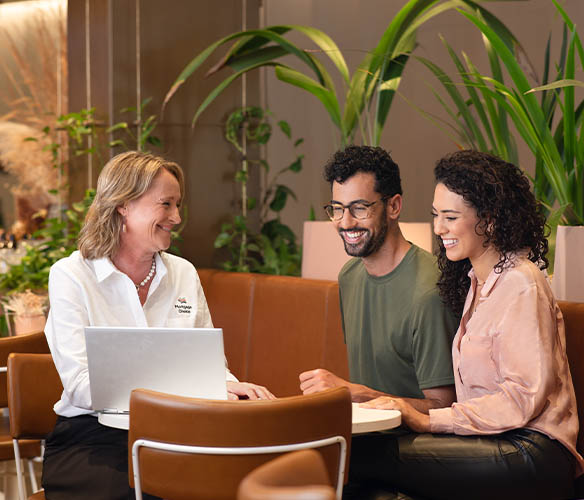August 13, 2014
At this time of year, Australians across the country are filing their tax return online or sending a year's worth of paperwork over for their accountant to lodge. Though essential, filing your tax return is often a tedious chore. Thankfully, for many, there is a reward that awaits them – a tax refund.
According to the Australian Tax Office, the average Australian taxpayer received a return of around $2,000 following the 2012/2013 financial year.
While some people may consider their tax refund a mid-year bonus, and spend the cash on an exuberant purchase or a luxurious holiday, Mortgage Choice spokesperson Jessica Darnbrough says it often pays to spend the money more wisely.
“Everyone who pays tax on their income throughout the financial year looks forward to receiving a tax refund. However, to ensure they get the most out of the extra money, Australians need to be smart about the way they spend the cash,” says Ms Darnbrough.
“We recommend using your tax refund this year as an opportunity to plan for the future – whether to grow your savings or pay off debts.”
To help Australians use their tax refund wisely this year, Mortgage Choice provides the following top tips:
Take it to the bank: The simplest (and one of the smartest) way to use your tax refund is by transferring it to a high interest savings account. Whether you are saving up for a new car or a deposit to buy your first house, this lump sum injection will help speed up the process. Once the cash is in your savings account, leave the money untouched and watch the interest add up.
Pay off and cancel your credit card: According to Mortgage Choice's inaugural 2014 Money Survey, 35% of Australians with a credit card currently owe $5,000 or more. Not only are the interest rates on credit cards notoriously high, but many people get stuck using a credit card because they can't break the cycle as interest continues to accrue. So if you've got credit card debt to pay off using your tax refund, doing so should be a priority. Then cancel the card so you can start the new financial year on the right foot.
Make a voluntary HECS-HELP contribution: Young Australians who have secured a graduate job or are still in their first few years of work may not yet earn enough to start paying off their HECS debt. While compulsory payments won't kick in until you earn $53,345 or above in the 2014/2015 income year, you can make a voluntary lump sum payment towards the debt at any time. Plus, for a repayment of $500 or more, you will receive a bonus of 5 per cent of the value of your payment, which is credited against your debt. On a $500 contribution, this amounts to an extra $25 off your debt – and every little bit helps!
Top up your mortgage: If you are in the middle of your financial life cycle, chances are your biggest debt is a mortgage. Use your tax refund as an opportunity to make a voluntary repayment on your mortgage, in addition to your usual payments. If you do this each year, you may be able to pay off your early and save on the total interest payable.
Inject it into super: If you are looking towards retirement and wondering whether your nest egg is big enough, tax refunds are a great opportunity to grow your superannuation. You can make a contribution at any time of the year by depositing funds straight into your super.
If you would like learn more about your home loan or financial advice options, call 13 77 62.



